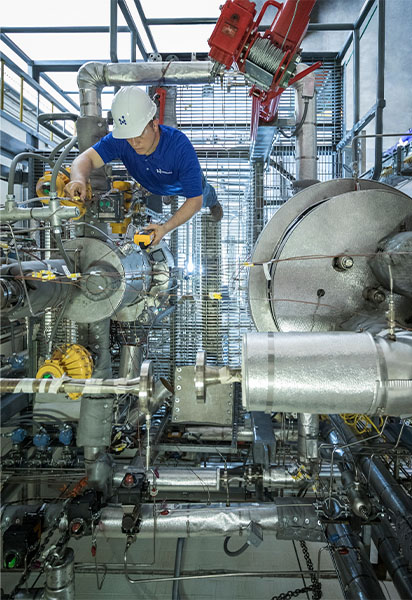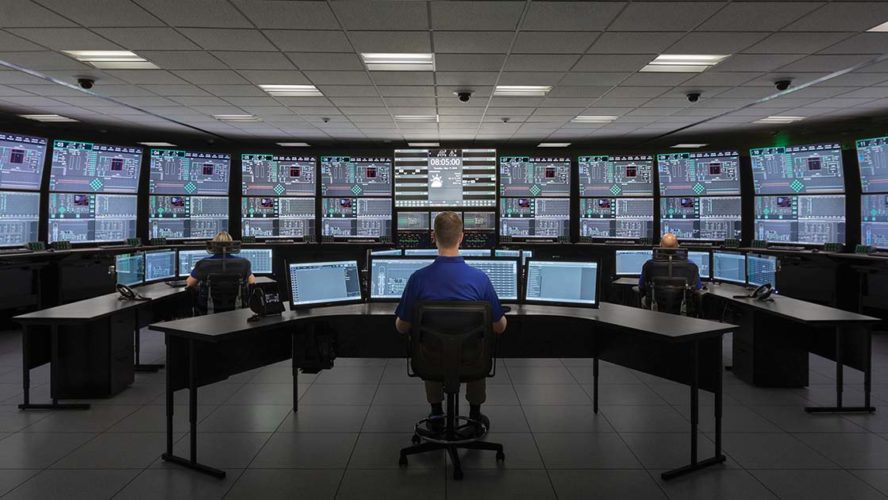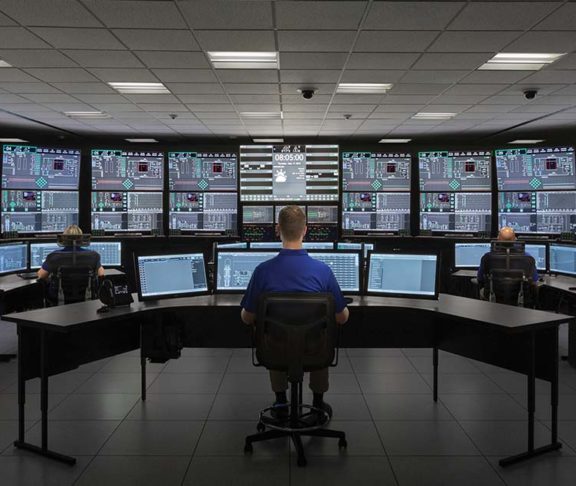
Clayton Scott
Executive Vice-President of Business Development, NuScale Power
Shepherding Canada into a clean energy tomorrow will require various green technologies working in harmony. The advent of SMRs is prompting a re-evaluation of the role nuclear could play in that plan.
In today’s high-tech energy landscape, much value and hope are placed on the idea of new energy technology. With the spectre of climate change ever-present, advancements in renewables like wind, solar, and geothermal are heralded as potential saviours. Still, the reality remains that renewables alone will not get us to our energy goals, and certainly not on a fast enough timescale. To truly address our energy issues in a timely fashion, we must also look to innovations in our more established clean energy technologies like nuclear.
Nuclear technology has hardly been sitting still in the half-century since the first CANDU reactors entered operation. Today’s advanced nuclear technologies, such as small modular reactors (SMRs), offer safer and cleaner ways to efficiently and cost-competitively generate green energy. “Our scalable power plant solutions incorporate enhanced safety, improved affordability, and extended flexibility for diverse electrical and process heat applications,” says Clayton Scott, Executive Vice President of Business Development for SMR provider NuScale Power. “NuScale’s technology is not just capable of producing reliable baseload electricity but is also designed for flexible operations that complement renewable energy generation sources, like wind and solar.”

Making nuclear viable where it never was before
The size and portability of SMRs open opportunities for their use in many remote and specialized environments that have previously remained dependent on fossil fuels. NuScale’s SMRs have an incredible safety record in Canada and the United States. Their VOYGR™ SMR power plant is currently the only U.S. Nuclear Regulatory Commission-approved design that’s near-term deployable and commercially viable.
“NuScale’s simple design eliminates many of the large and complex systems found in today’s nuclear power plants, making it safer and less expensive to build and operate,” says Scott. “Our unparalleled safety case justifies a reduced emergency planning zone, allowing our VOYGR™ power plants to be sited in close proximity to process heat off-takers and to repower retiring coal stations.”

Building on decades of domestic nuclear expertise
Given Canada’s long history as a nuclear power innovator and global leader, new nuclear technologies like these are a natural inclusion in our clean energy transformation plans. Modern nuclear energy has a lifecycle carbon footprint that’s even lower than that of wind or solar. Its ability to provide consistent baseload power makes it a perfect partner for these renewables in a robust energy mix. “Achieving climate goals simply cannot be done without nuclear energy as part of the equation,” says Scott. “Our SMRs can be easily integrated into a renewable-heavy system and offer an opportunity for true decarbonization with safe, flexible, secure, and affordable zero-carbon baseload technology that will help Canada achieve its net-zero goals and energy security.”
Because, at the end of the day, no one innovation will solve all of our energy challenges. The diverse contexts of Canadian energy usage require a diverse array of answers, often used in creative combinations. SMRs and other new nuclear advancements represent a powerful new tool for Canadian energy planners to add to their tool chest. Our collective ability to build a green future for Canada is stronger for it.





